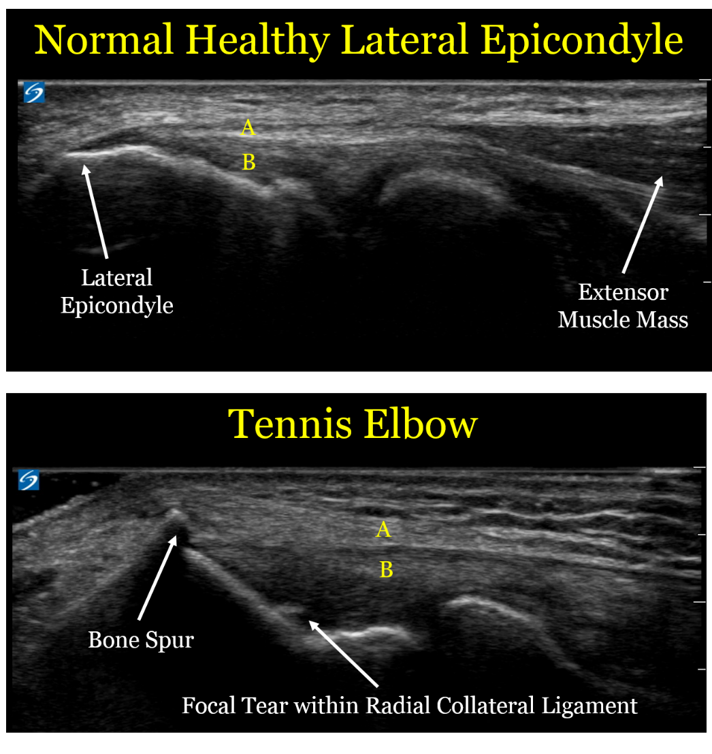May 2015
I just returned from a wonderful weekend devoted to community service, physician-kinship and arduous physical training in Atlanta, Georgia.
I met up with approximately 30 other physician colleagues from around the USA to prepare for our upcoming hosting of the World Medical Football Congress (WMFC), set to take place in Long Beach, CA, at the end of June 2015. We are the US physicians who make up the US Medical Soccer Team (USMST). (www.usmedicalsoccerteam.org)
We had 4 separate training sessions over the weekend and now I am enjoying a day of muscle recovery (but brain exercise) at work. Our coach performed well to get us organized into a formation that should allow us to win games and make it to the knock out round of the tournament.
We arrived Friday afternoon, and met at the GW Carver Boys & Girls Club of Metro Atlanta, and we delivered our own “Healthy, Fit and Smart” education program to approximately 100 disadvantaged children. The kids were wonderful — engaging, energetic, and with every small success answering our questions, their eyes beamed, and the potential for these children to absorb knowledge like sponges was palpable. Highlights included one child answering ‘potassium’ as one of the 5 food groups (e.g. fruits, vegetables, grains, meats/fish, dairy), and another answering “eight hours a day” for the minimum time doctors recommend children watch TV (to be clear, there are no minimum daily requirements for TV watching!). I think all of us doctors left the event grateful to the children from whom we continue to learn each time we deliver the Healthy, Fit and Smart program.
Our USMST potential is strong. We will compete against physician national soccer teams from 18 different countries. We’ve not made it past the early stages in prior tournaments. In truth, we are a perennial underdog. This year the team has several new physician-athletes, and we have high hopes to make our way to the knock out round of the tournament.
The physicians with whom I play are from all fields, and many are naturalized US citizens. We have a trauma surgeon originally from Caracas, Venezuela, a vascular surgeon from Lima, Peru, an Internist from Romania, and a Family Physician from Trinidad and Tobago. A good number of our physicians are originally from Iran. We are a real melting pot. Our dinner conversation usually surrounds soccer, but of course we banter quite a bit about medical topics as well.
So as our June training in Seattle and our summer tournament draw near, I reflect on how grateful I am that I can continue to push my fitness to new levels and compete on a ‘mini-world stage.’ I thank my family and my work team at LWSS without who's support I could not make this happen.






